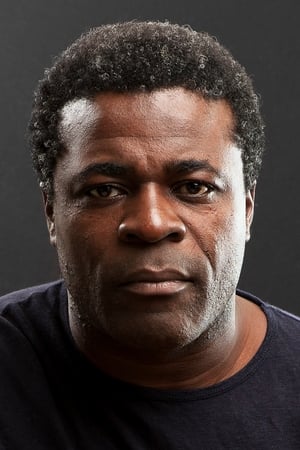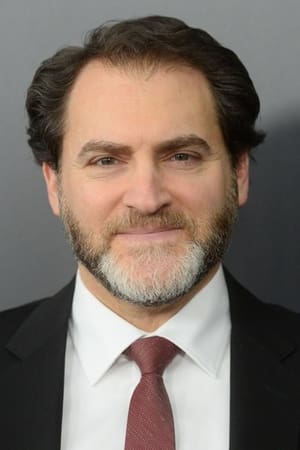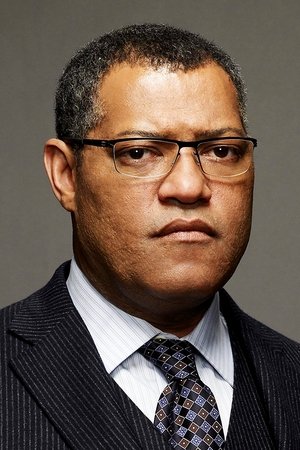⭐⭐⭐⭐
Rating: 3.5 out of 5.Rami Malek shines in this gripping cat-and-mouse revenge thriller, following one man’s quest to snuff out everyone involved in his wife’s murder.
To start things off we’re given a glimpsed frosted window-pane view into Heller’s life—the classic “feel good, then feel bad” formula movies love, complete with a homey run-down with charm family home on a private acre and a beautiful, caring wife wrapped up in a Notebook style depiction of love — but because Malek is such a compelling actor, it works. or perhaps…maybe I was just sold. Between his perfectly executed unease on-screen and his Mr. Robot-esque stern-yet-silent demeanor, his presence oozes tension, loneliness, and unshakable intensity. You can’t help but study him, trying to guess what he’s thinking… or in this case…planning.

After a illegal trade gone wrong to hostage situation occurs in London, taking the life of Heller’s wife Sarah (Rachel Brosnahan) our protagonist Heller (Rami Malek) goes from “computer nerd” to cold-blooded, tech-savvy assassin. Heller transitions from the five stages of grief to the five stages of orchestrating elaborate murders and with the help of a mysterious “friend”, he executes his missions with a 172 IQ, some duct tape and a dream, leaving no body unturned. Heller’s emotional crashout is understandable—who wouldn’t want revenge on the people who did this? And with the technology to pull it off in the shadows (hell, he practically invented it), why wait for “justice” when you can deliver it yourself?
While we aren’t shown much about Sarah’s life, it ultimately doesn’t matter. The story shifts focus from her being the main case to being a background motive for a grand scope of justice —but that’s not to discredit the narrative ambition. Finally, and I’m happy to say this, we get a revenge thriller with some actual sauce.

Naturally, we get the Hollywood tech trope: the six-monitor setup with “32x data-encrypted brute-force machines” that process everything in seconds (the most unrealistic part of the movie—IRL, that would’ve taken three times the film’s runtime). Thankfully, we don’t linger too long on these scenes; they’re just spoon-fed enough for the audience to follow. No confusing jargon here—they replace technobabble with “This is exactly what’s happening, and why.” And with every move Heller makes, the intelligence agencies scramble like rats in a cage, their incompetence almost comical.

After Heller blackmails his way into “field training” (though “training” might be too generous a term), he somehow devises a backup plan for his backup plan—all within what feels like a week. Rule of Heller: If you think you’ve got him cornered, he’s probably already rigged the steel beams to melt from overheating the building’s thermal system—right as you’re delivering your villainous monologue. After this, at about 40 minutes in, Jon Bernthal delivers a brief but compelling warning—the classic “Would your wife have wanted this?” speech—but it does little to deter Heller’s bloodshot vengeance. Who does understand him? Laurence Fishburne (Henderson), our “Friend” from the action side, who trains Heller and later becomes his sort-of guardian angel with nine lives.

Before Bernthal’s intervention, we meet Inquiline (Caitríona Balfe), Heller’s mysterious data-wiz ally, whose semi-complex yet neatly delivered backstory ties seamlessly into Heller’s own. Though underutilized, she makes every second count, guiding him through his second kill as both live support and emotional anchor—before her heart-wrenching exit, which unfortunately is uh…entirely Heller’s fault.

Through constant flashbacks of Sarah—haunting yet tender reminders of why Heller walks this surprisingly bloodstained-free path—we finally meet Schillier (Michael Stuhlbarg), the man who pulled the trigger. But after trials, loss, contemplation, and an intentionally long psychological brooding lecture about the fundamentals of taking lives and the effects on your mental psyche; Heller pulls through once again, with a crafted special plan—or rather, an opportunity for Schillier—to prove to everyone (including the audience) that he can pull the trigger… just not the way you’d expect.



































